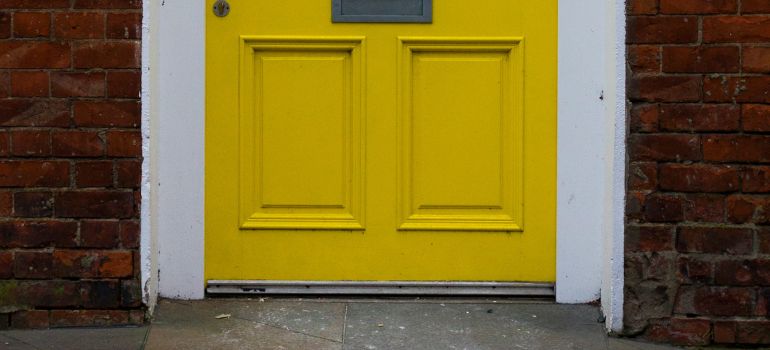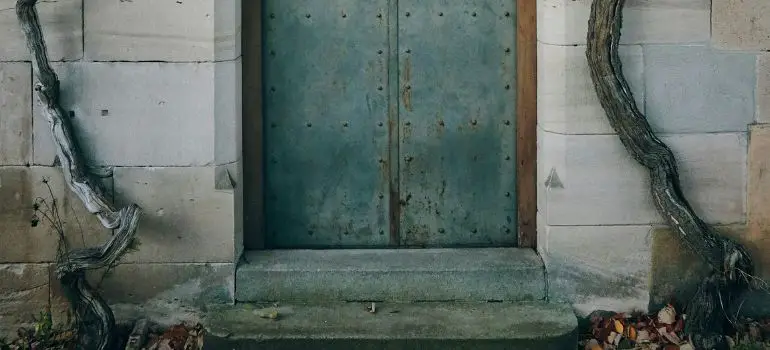Introduction
When it comes to home maintenance, one of the tasks that may arise is replacing a sill plate on a brick house. The sill plate is a critical structural component that rests on the foundation walls and supports the weight of the entire structure. Over time, due to various factors like moisture, decay, or damage, it may become necessary to replace this vital part of your home. In this article, we will guide you through the process of replacing a sill plate on a brick house, ensuring the structural integrity of your home.
Understanding the Sill Plate
Before diving into the replacement process, it’s essential to understand what a sill plate is and why it’s crucial. The sill plate is a horizontal wooden beam that runs along the top of the foundation walls of a house. It acts as the primary support for the walls and distributes the load evenly. Over time, due to moisture or termite infestations, the sill plate may deteriorate, compromising the structural stability of your home.
Step-by-Step Guide to Replacing a Sill Plate
Safety First
Before you begin any construction project, safety should be your top priority. Ensure you have the necessary safety gear, including gloves, goggles, and a dust mask. Additionally, turn off the electricity supply in the area where you’ll be working to avoid any accidents.
Identify the Damaged Sill Plate
Inspect your brick house carefully to identify the areas where the sill plate is damaged or deteriorated. Common signs of a damaged sill plate include rotting wood, pest infestations, or visible cracks.
Temporary Support
Before removing the old sill plate, provide temporary support to the structure. Use hydraulic jacks to lift the load of the house safely. This step is crucial to prevent any structural damage or collapse during the replacement process.
Remove the Old Sill Plate
Carefully remove the damaged sill plate by prying it away from the foundation wall using a crowbar or reciprocating saw. Take your time to ensure that all parts of the old sill plate are completely detached.
Prepare the New Sill Plate
Measure and cut a new sill plate to the exact dimensions of the old one. Make sure to use pressure-treated lumber to prevent future decay and ensure the longevity of the replacement.
Install the New Sill Plate
Carefully place the new sill plate onto the foundation walls, ensuring it is level and snug against the house’s frame. Secure it in place with anchor bolts or masonry nails.
Remove Temporary Supports
Once the new sill plate is securely in place, carefully remove the temporary supports, one by one, ensuring that the structure settles onto the new sill plate without any issues.
Seal and Insulate
To prevent future moisture infiltration, seal the gaps between the new sill plate and the foundation walls using a high-quality sealant. Additionally, insulate the space between the sill plate and the frame to improve energy efficiency.
Test for Stability
After completing the replacement, thoroughly inspect your brick house to ensure that it is stable and that there are no structural issues.
Additional Tips for a Successful Sill Plate Replacement
Addressing Termite Infestations

If the reason for replacing the sill plate is termite damage, it’s essential to address the infestation before installing the new plate. Consult with a pest control professional to eliminate the termites and ensure they don’t return to damage the new sill plate.
Reinforce the Foundation
While replacing the sill plate, take the opportunity to inspect the condition of the foundation walls. If you notice any cracks or weaknesses, consider reinforcing them to enhance the overall structural stability of your home.
Seek Necessary Permits
In some areas, a permit may be required to perform structural repairs like replacing a sill plate. Check with your local building department to ensure you are compliant with any necessary regulations.
Plan for Potential Obstacles
During the replacement process, you may encounter obstacles such as plumbing or electrical lines that pass through the sill plate area. Make sure to plan for these contingencies and adjust your approach as needed.
Monitor for Moisture
After the replacement is complete, keep an eye on the area for signs of moisture infiltration. Ensure proper drainage and consider installing a moisture barrier to protect the new sill plate from future damage.
Regular Inspections
To prevent future issues, conduct regular inspections of your home’s foundation and sill plate. Catching problems early can save you time and money in the long run.
Conclusion
Replacing a sill plate on a brick house is a task that requires careful planning and execution. By following the steps outlined in this guide, you can ensure the structural integrity of your home for years to come. Remember to prioritize safety, use the right materials, and take your time during each step of the process.
FAQs
Yes, a deteriorating sill plate can compromise the structural stability of your home, making replacement essential.
While it is possible to replace a sill plate as a DIY project, it’s recommended to consult with a professional if you are unsure of your skills or the extent of the damage.
The cost of replacing a sill plate can vary widely depending on factors such as the extent of damage and the materials used. It’s best to get multiple quotes from contractors for an accurate estimate.
Common causes of sill plate damage include moisture, termite infestations, and general wear and tear over time.
Pressure-treated lumber is highly recommended for the new sill plate as it provides resistance against decay and pests, ensuring the longevity of the replacement.



